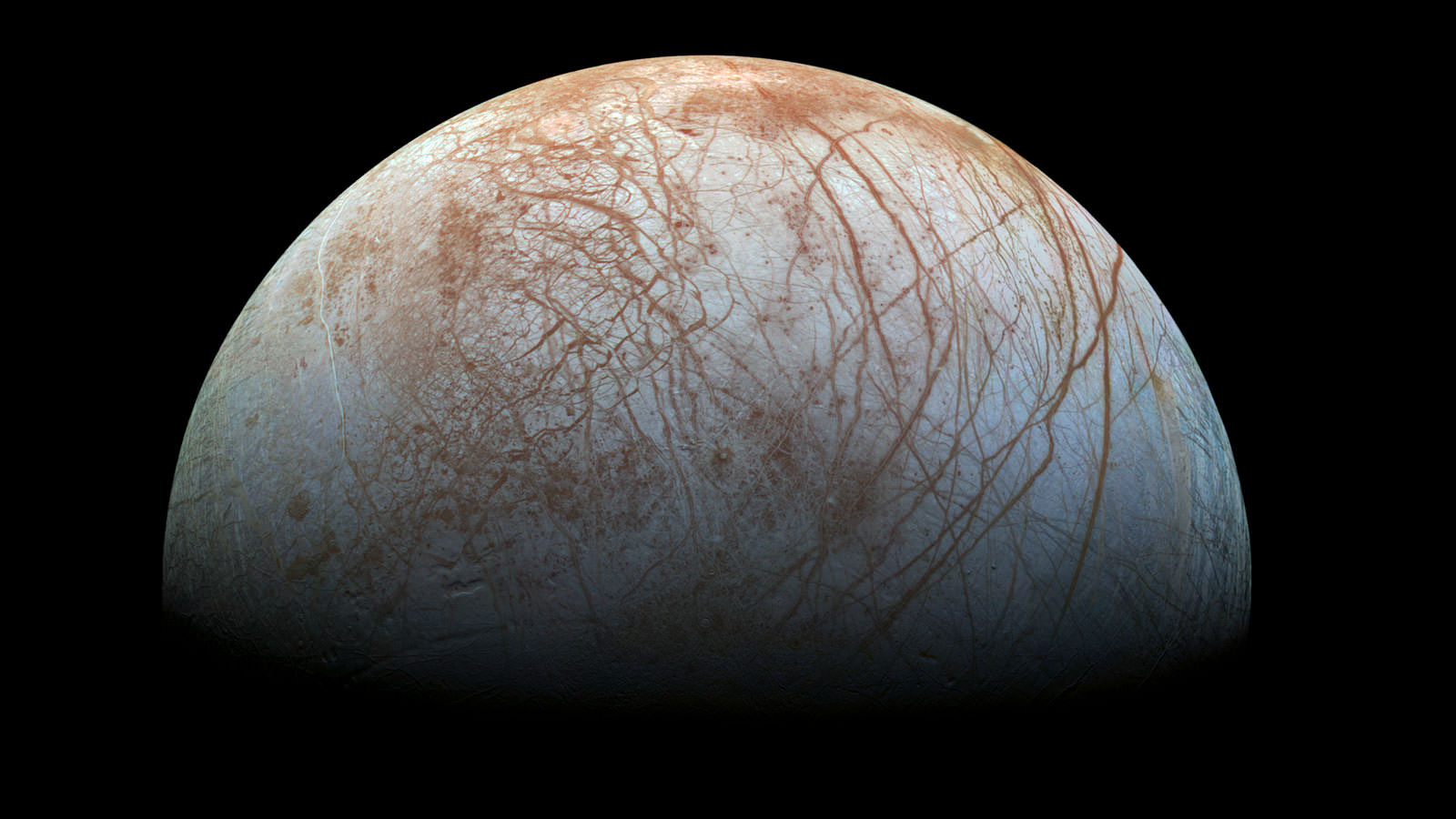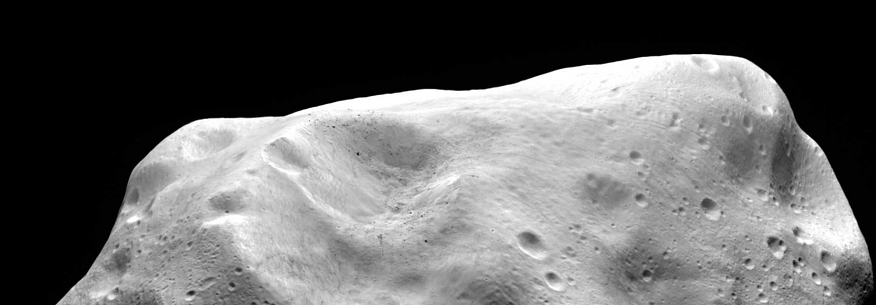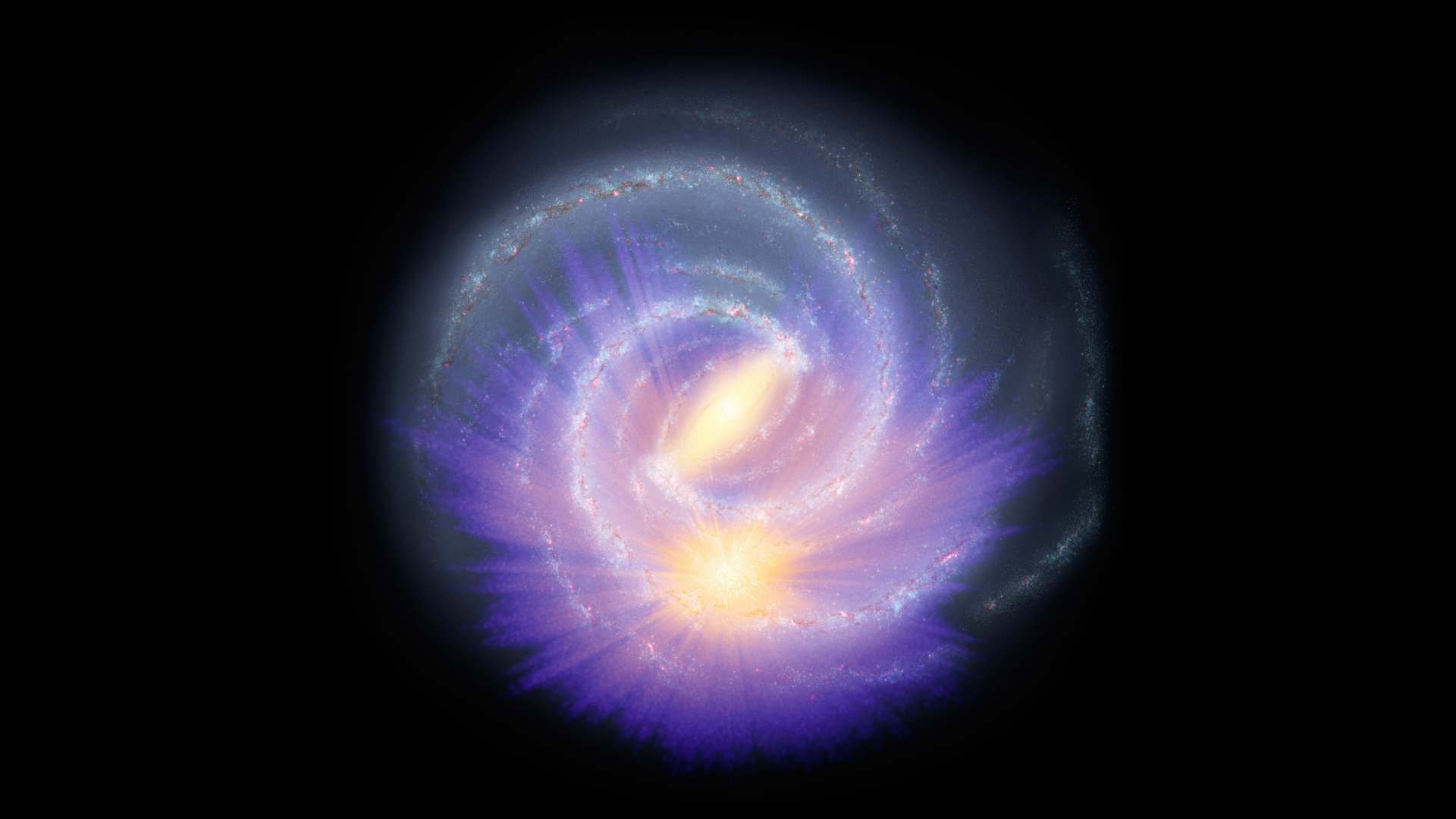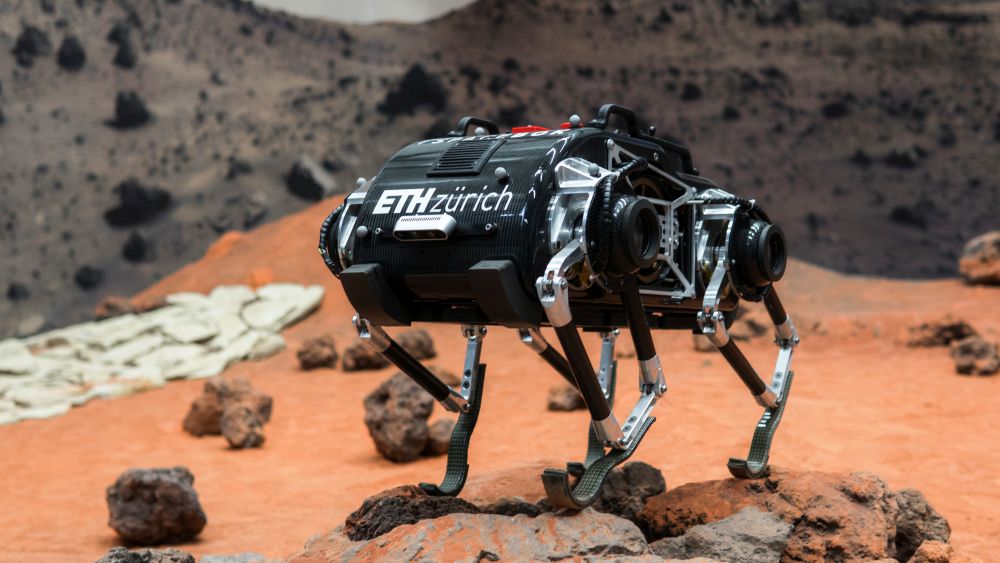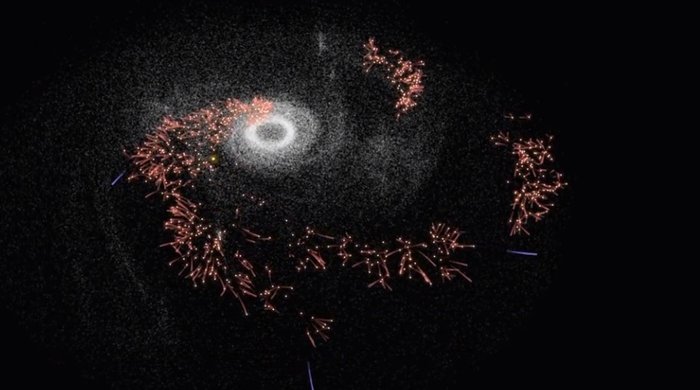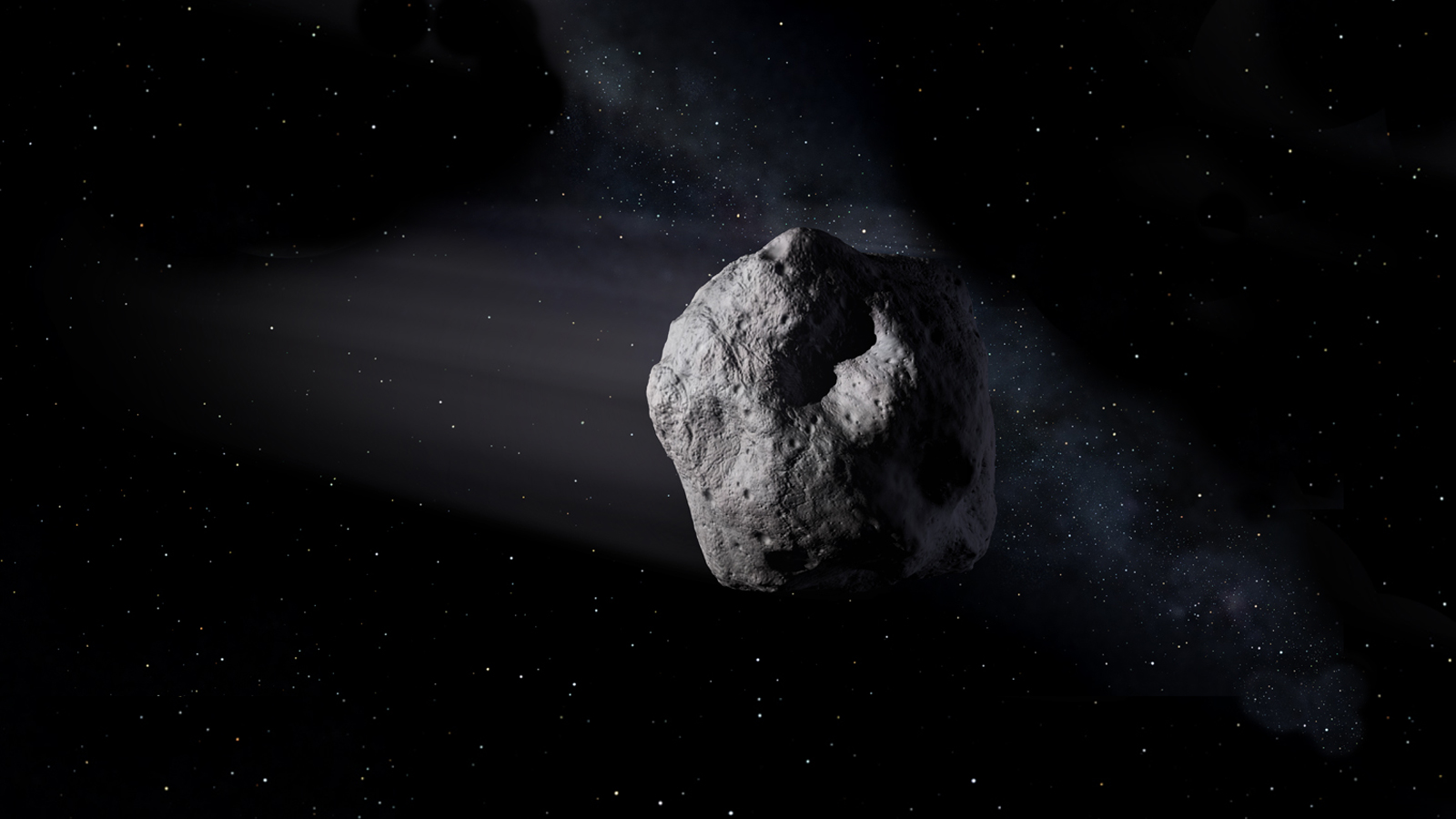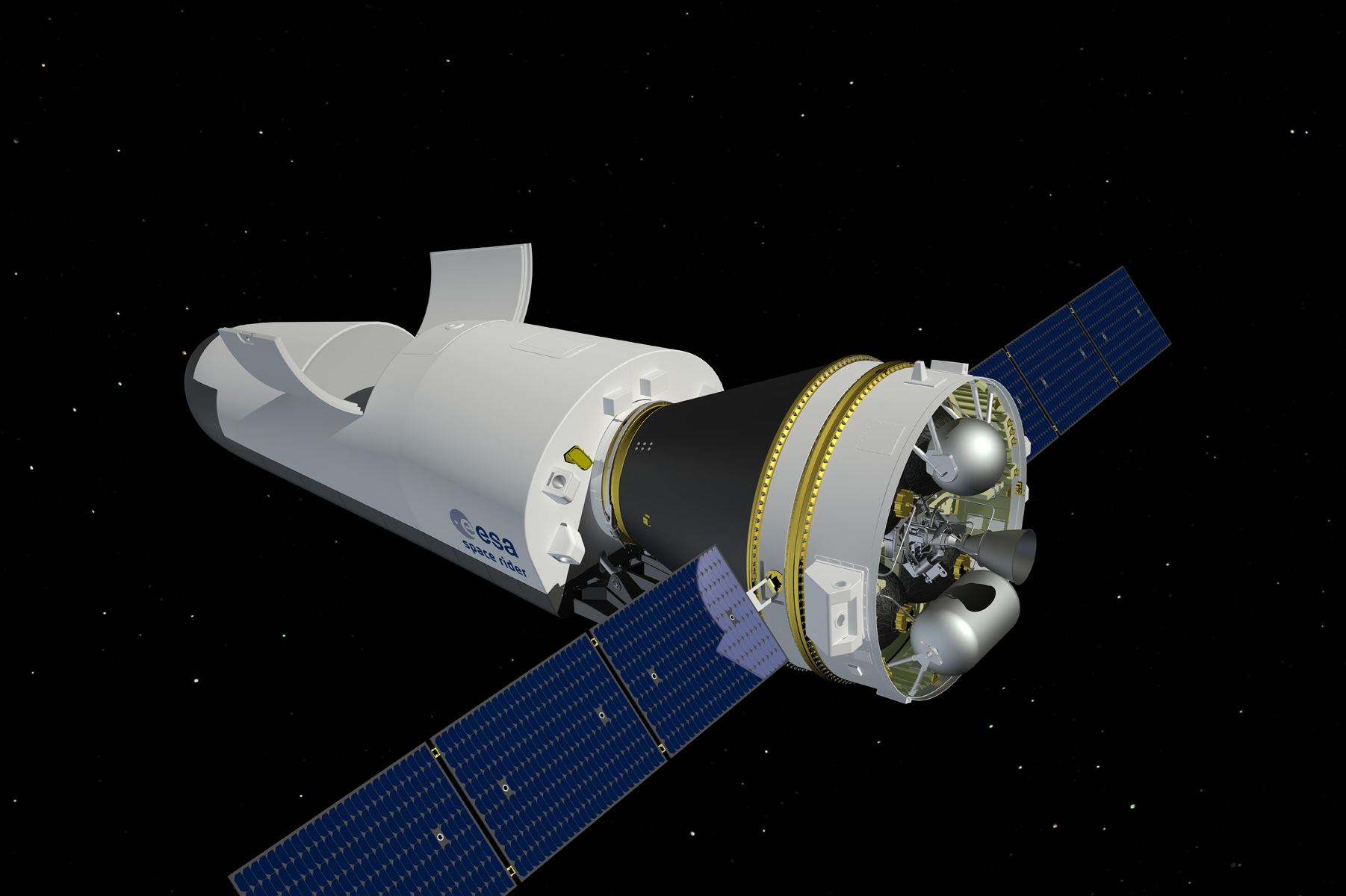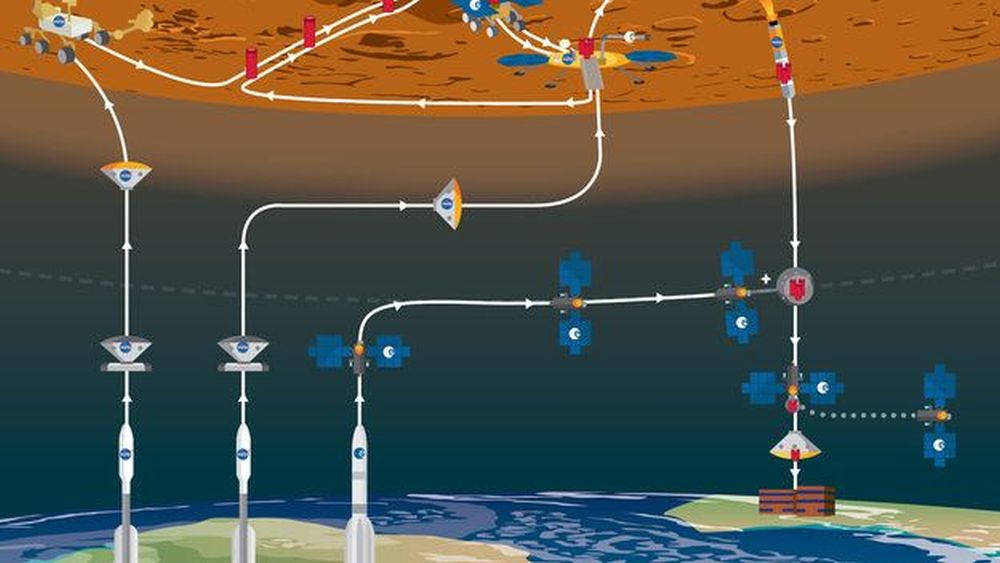Jupiter’s moon Europa continues to be a source of wonder and scientific intrigue. As one of the four Galilean Moons (so-named because of their founder, Galileo Galilee), Europa is one of Jupiter’s largest satellites and is considered one of the best bets for finding extraterrestrial life in the Solar System. And recently, it joined its cousins (Io and Callisto) in passing in front of a star.
This type of rare event (a stellar occultation) allows astronomers to conduct unique observations of a celestial body. In Europa’s case, the occultation took place in 2017 and allowed astronomers to make more precise measurements of Europa’s size, its position relative to Jupiter, and its true shape. All this was made possible by the ESA’s Gaia Observatory, which let astronomers know exactly when and where to look for the moon.
Continue reading “Thanks to Gaia, we Now Know Exactly How Big Europa is”
